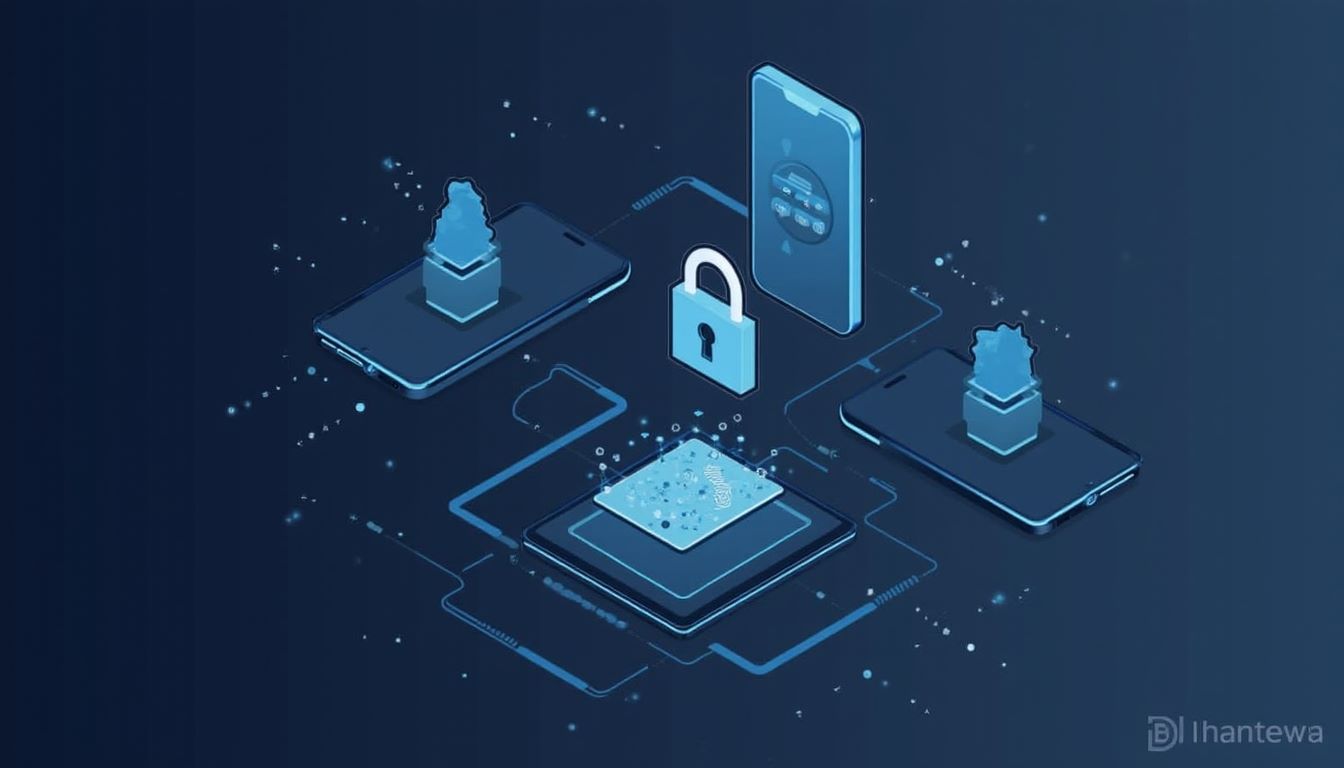In today’s digital age, information security has become a critical concern for individuals and organizations alike. As technology advances and more data is stored and shared online, the risks associated with information breaches and cyber threats continue to escalate. Information, often referred to as infosec, encompasses the processes and practices designed to protect sensitive information from unauthorized access, use, disclosure, disruption, modification, or destruction. This article will explore the fundamental principles of information, its importance, and best practices to ensure robust protection.

What is Information Security?
Information security is the practice of safeguarding digital and physical information assets from various threats. These threats can include malicious attacks, human error, natural disasters, and more. The primary goals of information are to ensure the confidentiality, integrity, and availability (often referred to as the CIA triad) of data.
- Confidentiality: This principle ensures that sensitive information is accessible only to those authorized to have access. It involves implementing measures such as encryption, access controls, and authentication to protect data from unauthorized users.
- Integrity: Integrity refers to the accuracy and reliability of data. Information must be protected from unauthorized modification or deletion. Measures such as checksums and hash functions can help ensure data integrity.
- Availability: Availability ensures that information and resources are accessible to authorized users when needed. This involves implementing redundancy, backups, and disaster recovery plans to prevent downtime.
The Importance of Information Security
- Protecting Sensitive Data: Organizations handle vast amounts of sensitive data, including personal information, financial records, and proprietary information. Ensuring the security of this data is essential to maintain customer trust and comply with regulations.
- Mitigating Financial Losses: Data breaches can lead to significant financial losses due to legal fees, fines, and damage to reputation. Investing in information can save organizations from potential financial pitfalls.
- Ensuring Regulatory Compliance: Many industries are subject to strict regulations regarding data protection, such as GDPR, HIPAA, and PCI DSS. Compliance with these regulations is not only a legal requirement but also essential for maintaining customer trust.
- Maintaining Business Continuity: Effective information security practices help organizations maintain operations even in the face of security incidents. This includes implementing disaster recovery plans to ensure data is recoverable in case of loss.
- Building Customer Trust: Customers are more likely to engage with businesses that prioritize information security. By demonstrating a commitment to protecting customer data, organizations can foster trust and loyalty.
Key Principles of Information Security
- Risk Management: Understanding and managing risks is at the core of information. Organizations should conduct regular risk assessments to identify potential vulnerabilities and threats. This involves evaluating the likelihood and impact of various risks and implementing appropriate mitigation strategies.
- Least Privilege Principle: The principle of least privilege states that users should have the minimum level of access necessary to perform their job functions. This reduces the risk of unauthorized access to sensitive information and minimizes the potential impact of a security breach.
- Defense in Depth: This principle involves implementing multiple layers of security controls to protect information. By using a combination of technical, administrative, and physical measures, organizations can create a robust defense against various threats.
- Incident Response Planning: Organizations should have a well-defined incident response plan in place to address incidents effectively. This plan should outline the roles and responsibilities of team members, communication protocols, and steps for containment, eradication, and recovery.
- Employee Training and Awareness: Human error is a significant factor in many security breaches. Regular training and awareness programs can help employees recognize potential threats, such as phishing attacks, and understand their role in maintaining.
Best Practices for Information Security
- Implement Strong Password Policies: Passwords are a critical line of defense against unauthorized access. Organizations should enforce strong password policies that require complex passwords and regular updates. Additionally, implementing multi-factor authentication (MFA) adds an extra layer of security.
- Regular Software Updates: Keeping software and systems up to date is crucial for protecting against vulnerabilities. Regular updates and patch management help close security gaps that could be exploited by attackers.
- Data Encryption: Encrypting sensitive data both at rest and in transit ensures that even if data is intercepted, it cannot be accessed without the proper decryption keys. Organizations should implement encryption protocols for data storage and communication.
- Regular Backups: Regularly backing up critical data is essential for disaster recovery. Organizations should implement automated backup solutions and ensure that backups are stored securely, preferably offsite or in the cloud.
- Network Security Measures: Implementing firewalls, intrusion detection systems, and secure configurations helps protect networks from unauthorized access and attacks. Organizations should regularly monitor network traffic for suspicious activities.
- Access Controls: Implementing robust access control measures ensures that only authorized individuals can access sensitive data. This includes using role-based access controls (RBAC) and regularly reviewing user permissions.
- Secure Physical Access: Protecting physical access to information systems and data is just as important as digital security. Organizations should implement physical security measures, such as surveillance cameras, access control systems, and visitor logs.
- Regular Security Audits: Conducting regular audits helps organizations identify vulnerabilities and assess the effectiveness of their security measures. These audits can help ensure compliance with regulations and identify areas for improvement.
Conclusion
In an increasingly digital world, information security is more critical than ever. Protecting sensitive data, ensuring compliance, and maintaining customer trust are essential for organizations of all sizes. By understanding the fundamental principles of information security and implementing best practices, businesses can safeguard their information assets and mitigate risks effectively.
Investing in information security is not just a technical requirement; it is a strategic necessity that can help organizations thrive in the face of evolving threats. For more information on information and its importance, consider exploring resources like the National Institute of Standards and Technology (NIST) and the International Organization for Standardization (ISO).


